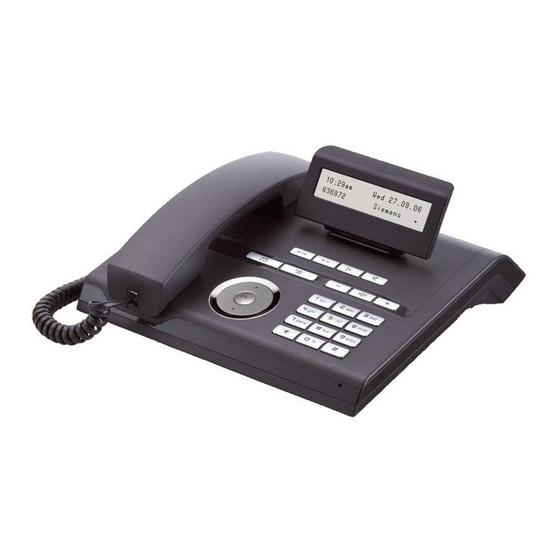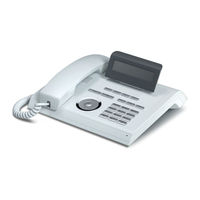
Unify OpenStage 20 E Manuals
Manuals and User Guides for Unify OpenStage 20 E. We have 3 Unify OpenStage 20 E manuals available for free PDF download: Administration Manual, Operating Instructions Manual, Manual
Unify OpenStage 20 E Administration Manual (412 pages)
OpenStage SIP V3R3 for OpenScape Voice
Table of Contents
Advertisement
Advertisement
Advertisement


